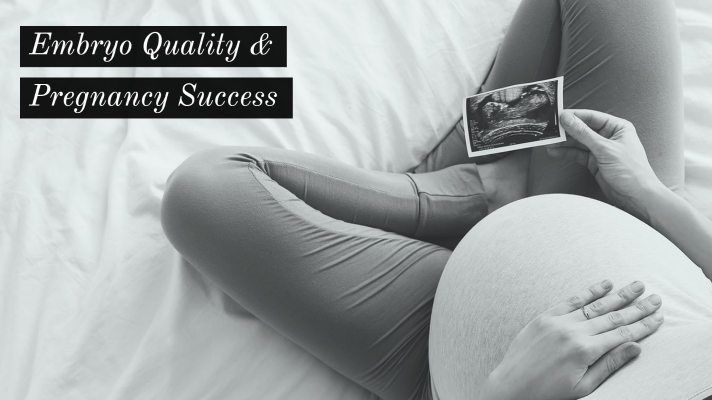When embryos are created for in vitro fertilization treatments, they are created by families with the intention of using them for pregnancy attempts. But often, embryos remain in frozen storage long after the family is complete.
Families choose to donate their embryos to another family not because they think they themselves will not have success the embryos they created, but to help another family achieve their dream of becoming parents. Just because embryos are donated does not automatically mean the embryos are of a lower quality. And even so, it is possible to achieve a perfectly healthy pregnancy and baby from lower quality embryos.
Here are some facts about the quality of remaining embryos you may not know:
- The embryologist who created the embryos usually will only freeze those embryos that they consider viable.
- There is no established ‘shelf-life’ for frozen embryos. Healthy babies have been born from embryos frozen 15, 18, 20, 27 years ago!
- The rate of birth defects in babies born from frozen embryos is no higher than in naturally occurring pregnancies.
- Embryo grading does not guarantee pregnancy. Embryos graded ‘C’ have produced healthy babies, while embryos graded ‘A’ have not.
- Research has shown a higher pregnancy success rate using frozen embryos rather than fresh.
Again, many families who have had multiple failed IVF treatments have chosen embryo adoption and given birth to healthy babies—regardless of their quality. Learn more at EmbryoAdoption.org.


Recent Comments